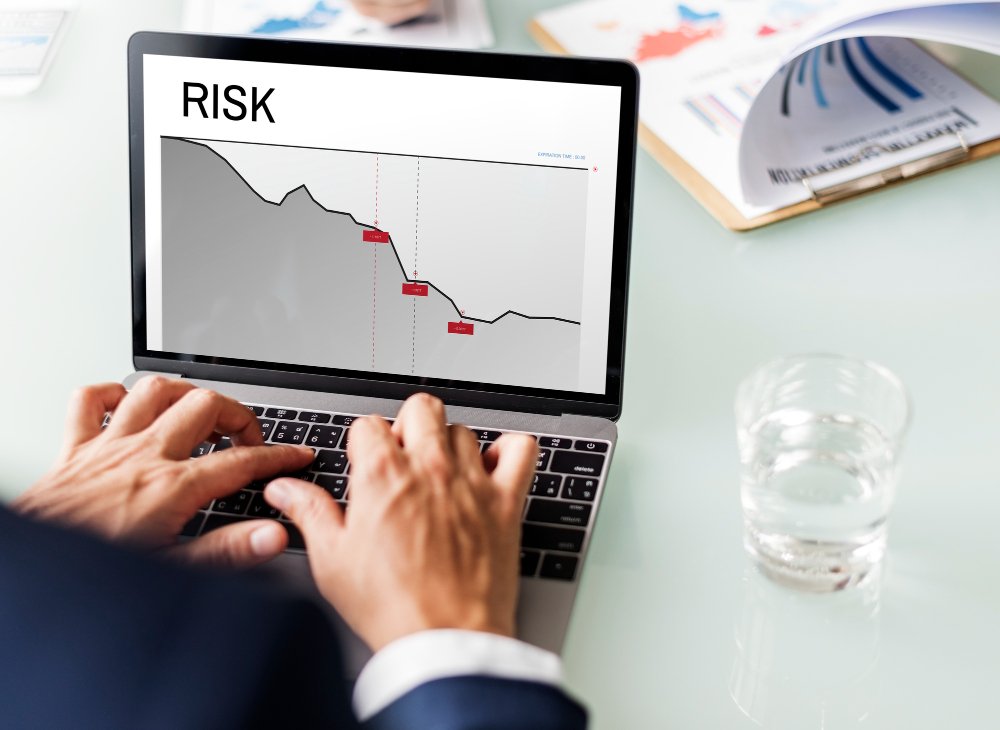The concept of supply chain transparency has been around only for some time now. In recent times, supply chain transparency has emerged as a crucial concept depicting a paradigm shift from traditional business practices.
With heightened consumer awareness, stricter regulatory practices, and policies for ethical trade practices, the significance of supply chain transparency has increased.
Companies must actively understand the events taking place upstream in the supply chain and effectively convey this information both within the organisation and to external stakeholders for supply chain transparency.
In this blog, we will explore the elements of supply chain transparency in detail that would help to pursue a career in supply chain management. Keep reading to learn more.
What Is Supply Chain Transparency?
Supply chain transparency is the extent to which the various stages, processes, and entities involved in producing, distributing, and delivering goods or services are open and visible to stakeholders and even to customers.
It involves sharing comprehensive information about sourcing, manufacturing, distribution, and environmental or social impacts. This transparency fosters accountability, ethical practices, and informed decision-making throughout the supply chain.
By disclosing details about origins, practices, and conditions, companies enhance trust among consumers, investors, and regulators, while promoting sustainability and fair labor standards. Overall, supply chain transparency ensures a clear view of the journey a product takes from its creation to reaching the end consumer.
Benefits of Supply Chain Transparency
The benefits of supply chain transparency are discussed below:
- Customer Loyalty: Transparent supply chains foster customer loyalty by showcasing sustainability efforts and product origins, resulting in increased revenue from repeat customers.
- Enhanced Conversion Rates: Shifts to purpose-driven messaging lead to improved conversion rates, click-through rates, and email revenue, underscoring how transparency positively affects customer engagement.
- Stronger Customer Connections: Such sustainable practices create deeper emotional ties between customers and brands, yielding substantially higher lifetime value.
- Trust and First-time Purchases: Transparent brands are likely to enjoy more consumer trust and are preferred by buyers making initial purchases, particularly those emphasising ethical practices.
- Durable Supplier Relationships: Establishing robust supplier ties ensures ethical practices and quality, translating to fewer errors and recalls, and reinforcing supply chain robustness and profitability.
- Preparedness for Regulations: Transparent supply chains proactively address disruptions and align with evolving regulations. Emerging laws emphasise supply chain transparency.
Challenges in Achieving Supply Chain Transparency
Achieving supply chain transparency might be difficult. Here is why:
- Complex Global Supply Chains: Modern globalisation has intricately woven complex supply chains, often involving multiple tiers of suppliers, making it difficult for companies to trace the origin of goods and monitor practices at every level.
- Outsourcing and Subcontracting: Suppliers may outsource production to third parties, leading to challenges in ensuring fair labor practices and ethical standards throughout the extended supply network.
- Opacity in Lower Tiers: Human rights abuses and environmental violations frequently occur in lower tiers of suppliers, which can be challenging to monitor and address effectively.
- Limited Control: Even when ensuring ethical practices at one stage, factors like cancelled orders by other brands can jeopardise the fair treatment of workers, revealing the limited control brands have over the entire supply chain.
- Accountability Pressures: Consumers hold brands responsible for any supply chain issues or inaccuracies, even if the complexity of global supply networks makes complete oversight challenging.
- Managing Expectations: Brands must educate consumers about the intricate nature of supply chains to manage expectations while maintaining transparency to build trust.
- Shifting Standards: Changing regulations, certifications, and internal goals create complexities in new product development, requiring adherence to evolving standards and sourcing compliant suppliers.
- Balancing Disclosure: Striking the right balance between transparency and protecting sensitive information poses a challenge, as disclosing too much could have unintended consequences.
- Sourcing Challenges: Developing products that meet stringent ethical and environmental standards demands sourcing from manufacturers and vendors that align with these requirements is tough.
Strategies To Attain Transparent Supply Chains
As supply chains become increasingly intricate, following these steps can help companies achieve transparency, align with ethical standards, and build resilient relationships with suppliers and customers:
- Risk Identification and Prioritisation: Begin by mapping your supply chain, understanding its complexities, and identifying vulnerabilities. Assess past disruptions, potential issues, and upcoming regulations to determine areas for improvement.
- Establish Goals: Based on the insights gained, set comprehensive goals for supply chain transparency. Embrace a holistic approach, addressing both environmental and social concerns, and collaborate with suppliers to align on shared objectives.
- Develop a Code of Conduct: Create a robust code of conduct that outlines the ethical and sustainable standards you expect from suppliers. Collaborate with suppliers to ensure alignment and commitment to these goals, addressing specific issues like safety and environmental impact.
- Measurement and Progress Tracking: Define clear metrics to measure progress towards your transparency goals. Utilise tools such as the Higg Index for standardised sustainability assessment, engaging both self-assessment and third-party verification for accurate evaluation.
- Supplier Relationships: Recognise the importance of relationships in supply chains. Support suppliers in meeting goals by offering financial investment or resources, fostering mutual growth and improvement.
- Stakeholder Disclosure: Communicate your progress transparently to stakeholders and customers. Avoid complexity and make actions understandable. Simplify disclosures to make it easy for consumers to comprehend your environmental and social impact efforts.
- Direct Customer Engagement: Connect customers directly to producers and suppliers in your supply chain, fostering a deeper understanding of the process. This not only enhances transparency but also enriches customer experience and quality improvement.
- Continuous Monitoring: Recognise the dynamic nature of supply chains and implement regular progress assessments. Continuously refine strategies and practices to ensure sustained transparency and alignment with goals.
Conclusion
Supply chain management optimises business operations and helps drive the overall success of any organisation. Supply Chain Managers contribute by enhancing efficiency and upholding customer expectations while reducing costs. Thus, supply chain management has emerged as a lucrative career option due to its increasing demand.
If you want to pursue a career in supply chain management but do not know where to start, head to Imarticus Learning for a beneficial supply chain course. Imarticus Learning, in partnership with IIT Guwahati, has designed a comprehensive digital course for aspiring Supply Chain Managers. The Advanced Certification Program in Digital Supply Chain Management deals with aspects of vendor management, supply chain transparency, procurement, and much more to make students industry-ready.
Not just this, at Imarticus Learning, students are given 100% placement assistance so that they can only focus on brushing their skills and not worrying about bagging a job. Head to Imarticus Learning to know more.








